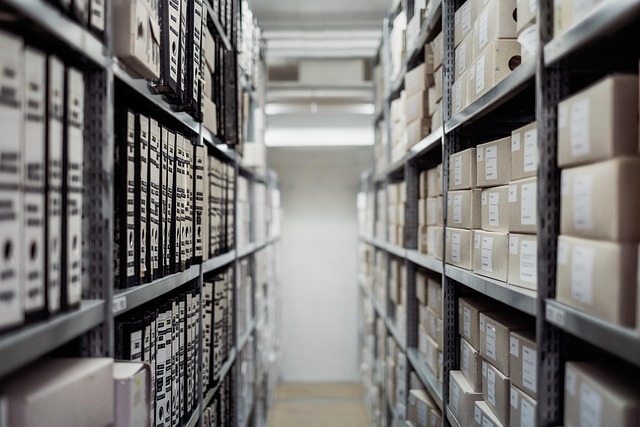How modular supply stations improve custodial task efficiency
Modular supply stations reorganize cleaning operations by consolidating tools, consumables, and waste management into compact, adaptable units. Facilities managers and housekeeping teams can use them to streamline routines, reduce trips, and standardize supplies. This article examines practical ways modular setups affect workflow, safety, sustainability, and overall operational efficiency.

Efficient custodial operations rely on predictable workflows, well-organized supplies, and equipment that supports fast, safe movement through a facility. Modular supply stations—configurable units that combine storage, dispensing, waste handling, and work surfaces—help custodial teams reduce time spent searching for items and simplify restocking. By aligning storage with recurring tasks, these stations create clearer routines for cleaning and housekeeping staff, support ergonomic handling of materials, and can be adapted to different building zones and service patterns.
How do modular stations affect cleaning workflow?
Modular stations reduce unnecessary motion by grouping frequently used cleaning supplies and tools together in a dedicated place. When teams can access detergents, microfiber cloths, trash liners, and task-specific equipment from one station, they complete sequences of tasks with fewer interruptions. That reduces transit time between supply points and work areas, shortens job cycles, and lowers cumulative fatigue across shifts. Standardizing station layouts also makes workflows easier to train and audit, improving consistency across staff and locations.
What role does storage and supplies organization play?
Purpose-built storage in modular stations keeps consumables visible, labeled, and separated by task, which limits overuse and product waste. Shelving, bins, and lockable compartments protect cleaning chemicals while clear dispensers and inventory windows signal when restocking is required. Organized storage improves inventory control and reduces emergency runs for supplies. It also supports housekeeping strategies that rely on set replenishment intervals, allowing logistics teams to plan deliveries and storage space more accurately.
How does mobility and ergonomics influence housekeeping tasks?
Mobility features like caster wheels, swivel handles, and modular attachments enable staff to move supplies closer to work areas with minimal strain, lowering the physical cost of carrying loads. Ergonomic design—adjustable working heights, easy-grip handles, and optimized weight distribution—reduces bending, lifting, and twisting motions that contribute to musculoskeletal injuries. Mobile modular stations can be configured to balance accessibility for different tasks and to position heavier items low to the ground, supporting both efficiency and occupational safety during routine cleaning.
How do logistics and durability support efficiency?
Durable materials and modular components lengthen the service life of supply stations and reduce downtime from repairs or replacements. Robust casings, corrosion-resistant fasteners, and puncture-resistant containers stand up to frequent use and the occasional impact in busy facilities. From a logistics standpoint, modular designs simplify parts inventory and maintenance; damaged segments can be replaced without retiring an entire unit. Consistent, durable stations also enable predictable replenishment cycles that align with housekeeping schedules and reduce unexpected supply shortages.
How can sustainability and safety be integrated?
Modular stations can include measured dispensing systems to control chemical usage, refillable containers to cut single-use plastic, and dedicated compartments for waste segregation and recycling. Such design choices support waste reduction and lower supply consumption over time. Safety is enhanced through lockable chemical storage, clear labeling, and spill containment features built into the station footprint. Combining sustainability and safety features helps facilities meet internal environmental targets and maintains compliance with local regulations governing chemical handling and disposal.
What measurable efficiency gains can facilities expect?
Quantifying gains depends on starting conditions, but common improvements include fewer supply runs per shift, reduced time per room cleaned, and lower inventory shrinkage from lost or damaged items. Facilities may track metrics such as average task completion time, number of trips to central supply, and supply usage variance before and after station implementation. When paired with staff training and standardized layouts, modular stations often support measurable reductions in wasted time and improved throughput for custodial teams without increasing headcount.
Modular supply stations are a practical approach to aligning supplies, storage, mobility, ergonomics, logistics, sustainability, durability, efficiency, workflow, and safety in custodial operations. By designing stations to reflect common tasks and staffing patterns, organizations can reduce unnecessary motion, improve inventory visibility, and create safer, more sustainable housekeeping practices. Implementation is most successful when facilities combine modular hardware with clear processes and periodic reviews to ensure stations continue to meet changing operational needs.





